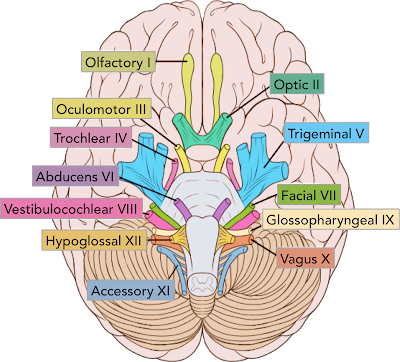Combining Radiotherapeutics and MRIs to Cure Cancer
In a world where technology is
advancing rapidly day by day, it can be hard to keep up with this. Not all
technological advancements are mentioned into mainstream media, as there would
genuinely be too many to report about, so when one is spotted in the news, you
already get the feeling that it is quite ground-breaking.
Recently, at the Royal Marsden Hospital in South London, has
the first patient been cured of cancer using a new technique which combines
radiotherapy with MRI (magnetic resonance imaging).
Previously, to treat and cure cancer, methods such as
surgery, chemotherapy, immunotherapy, hormone therapy and radiation therapy
have been deployed and they do indeed work 9 times out of 10 but IF it is a
stage 0 cancer that is being dealt with
(i.e. it has not spread to neighbouring tissue and is currently
contained within the cells membrane) all of which have their own negative side
effects and or complications. For example some types of immunotherapy rev up
your immune system and make you feel like you have the flu, complete with
fever, chills, and fatigue. Others could cause problems like swelling, weight
gain from extra fluids, heart palpitations.
The main problem with traditional cancer treatment methods
is that many living/normal cells are harmed and or killed in the process, which
again has negative implications on us such as severe fever.
As mentioned before, the part solution to this was to
combine radiotherapy with an MRI scan. What this would mean is that the tumour
can be imaged in real-time i.e. even the movements of it when the patient is
breathing. Real-time imaging means a narrower dose can be given which means
less damage to healthy tissue, it is essentially targeted therapy which you
would have thought already exists but combining these two areas was a lengthy
process involving hundreds of thousands of pounds going into the research. Only
now has it successfully treated the first patient in the UK.
If we take lung cancer as an example (which is known as the
deadliest cancer), a type of cancer which is known to use an extremely
dangerous amount of radiation to cure the maximum numbers of cancer, but the
lungs are in close proximity to other healthy structures in the chest which
obviously limits the amount of dose that you can admission which therefore
affects the treatment. So with this new technology, the dose administered can
be targeted to where it is needed rather than cause harm, subsequently perhaps
stronger more concentrated doses can be used, as due to the real time imaging
it should not affect healthy tissue nearby.
In my opinion, I think that this is truly a breakthrough in
medical technology and not only can it be used for all types of image able
cancer, but will put a halt on the 792,000 death toll in the US to Lung and
bronchial cancer.
With cancer being in the top 5 list of causes for premature
death, it is inevitable that a large amount of time, resources and money are
going into this sector to research new treatment methods to find a hard and
fast “cure” per se. But I feel as if the development of cancer treatment is
proportional to the advancements in technology, due to how interlinked they
are/ have become.




Comments
Post a Comment